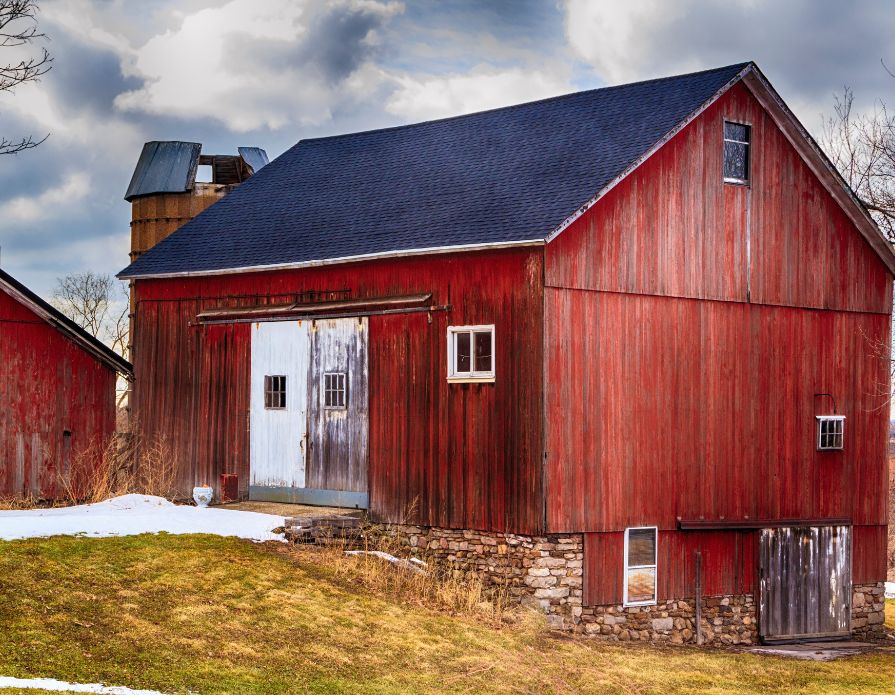The Sustainable Benefits of Bank Barns for Farms
Sustainability is moving beyond being just a choice—it’s now a need in a world whose future is partially dependent on the responsible production of food and resources. As a result, farmers like yourself are constantly seeking methods to practice sustainable agriculture.
These methods should permeate every farming practice, including the type of barns you build on your land. If you need to construct a new barn on your farm, we’ve compiled some helpful information on the sustainable benefits of bank barns. Read on to help guide your choice with the earth in mind.
What Are Bank Barns?
Bank barns have a special place in the long and fascinating history of barns in America. They are a design marvel of the past, characterized by their unique construction that incorporates the natural landscape into their structure. Built into the side of a hill or bank—hence the name—these barns are accessible on two levels.
Each level serves a distinct purpose. The upper level often opens to a level plateau behind the barn, making it perfect for storing hay or housing livestock. The lower level, accessible from the front through the downslope, typically serves as a shelter for animals or equipment storage. This ingenious design minimizes the need for additional buildings and conserves precious farmland.
They Maximize Land Use by Allowing for Multiple Layers
As we just briefly mentioned, one of the significant sustainable benefits of bank barns is their utilization of vertical space. By accommodating multiple functional layers within a single footprint, bank barns offer a solution to the challenge of limited land availability. This design preserves valuable agricultural land by reducing the horizontal spread of farm buildings and promotes organized and efficient farming operations.
They Work With the Land, Not Against It
Harmonizing with the natural topography, bank barns exemplify sustainable construction practices by minimizing land alteration and disruption. Their design leverages the existing landscape, thereby reducing the need for extensive excavation and fill, which can lead to soil erosion and other environmental concerns. As a result, the construction of bank barns respects the natural contour of the land and enhances the farm’s overall integration with its surroundings.
They Can Easily Accommodate Eco-Friendly Technology
The structure of bank barns, with their expansive roofs and strategic positioning, makes them ideal candidates for the integration of eco-friendly technologies such as solar panels. This adaptability further elevates the sustainable profile of bank barns, enabling farms to harness renewable energy, reduce their carbon footprint, and potentially decrease operational costs.
Their dual-level access also facilitates the installation of eco-friendly farm equipment storage solutions, making sustainability upgrades more accessible and manageable.
The sustainable benefits of bank barns for farms extend beyond traditional farming needs to address modern environmental and economic challenges. By maximizing land use, working with the natural landscape, and accommodating eco-friendly technology, bank barns offer a practical and sustainable solution for forward-thinking farmers.
As the agricultural sector continues to evolve, the reimagination of these historic structures could play a crucial role in shaping a more sustainable farming future.
